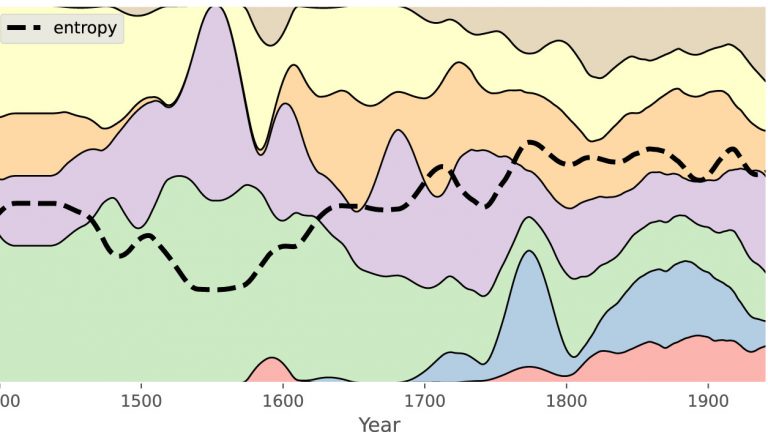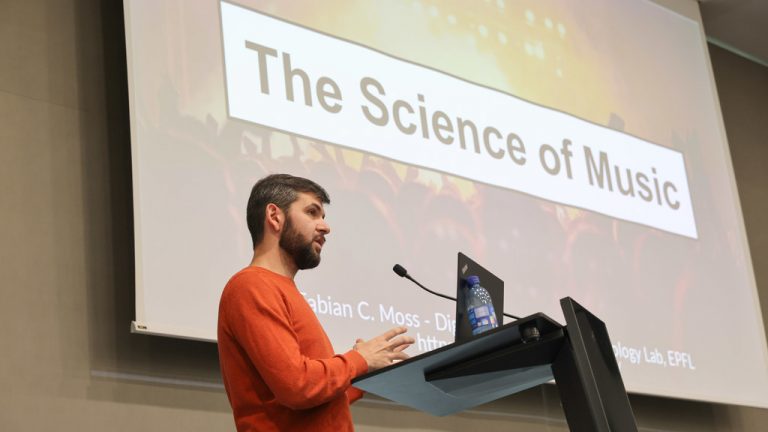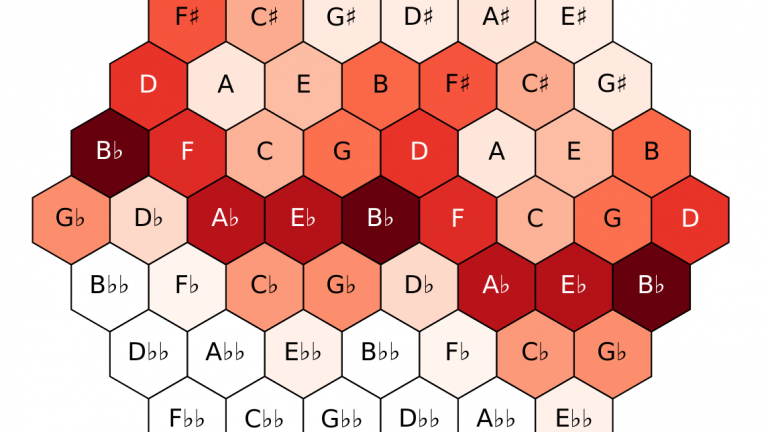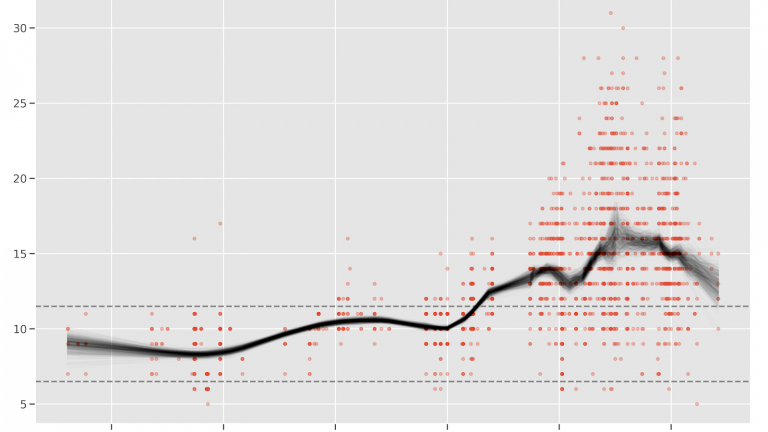Author: Fabian Claude Moss

Discovering latent tonal “topics” in a large historical corpus
In a study, recently published in Music & Science, DCML researchers Fabian C. Moss, Markus Neuwirth, and Martin Rohrmeier use Latent Dirichlet Allocattion (LDA), one of the most pervasive topic models in the Digital Humanities, to uncover underlying “tonal profiles”: distributions of pitch classes. Tracing topics over ~600 years shows historical changes in tonality, in (…)

The Science of Music at EPFL’s student Information Days
Around 2’000 prospective students from across Switzerland visited the EPFL campus for the 2021 Infodays to discover EPFL’s study programs and student life. DCML researcher Fabian C. Moss introduced about 120 high schoolers to the fascinating topic “The Science of Music”, showcasing aspects of his research at the Digital and Cognitive Musigology Lab.

A computational model for note distributions in musical pieces
The goal of music theory is to describe and explain underlying structure in musical compositions in systematic and consistent ways. For centuries, theorists have written e. g. about different tuning systems, compositional rules for combining notes, and the formal arrangement within musical pieces. In the 19th century, a heated debate took place of how to (…)

Tracing historical changes in the exploration of tonal space
It is almost trivial to state that composers from different times write music in very different styles. But how can aspects of this stylistic differences be investigated on a larger scale? How can we study whether there are systematic changes in the way music evolves throughout time? Traditional music theorists address questions like these by (…)
Start Page Post
Mission Statement Music is a ubiquitous phenomenon across cultures around the world. Why does music play such an important role in human life? What are the underlying cognitive structures? How did they evolve? What are the musical features and processes shared between various genres, historical styles, and cultures? How did musical universals emerge? How can (…)